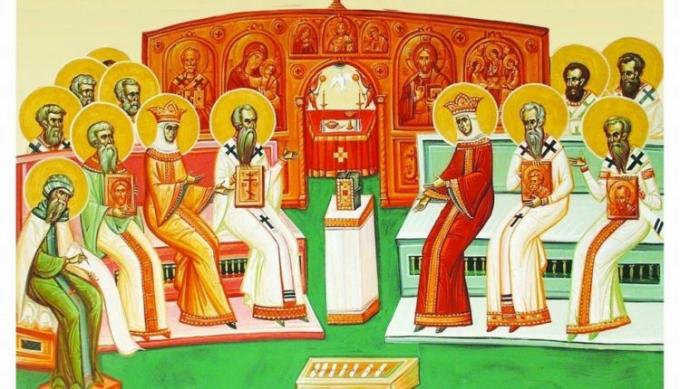Kuarup is a wood that gives its name to a indigenous ritual, whose meaning for the Indians is the farewell to the dead and closing the mourning period.
This ritual is performed by the indigenous people of the Alto Xingu region, Mato Grosso, to celebrate the memory of the dead and release their souls to the spiritual world.
Each dead person celebrated in the ritual is represented by a kuarup wooden trunk, which is ornamented and thrown into the Kuluene River at the end of the ceremony.
During the kuarup celebration, the girls' rite of passage into adulthood is also performed. They are introduced to the tribe after a year of confinement in their homes.

The origin of Kuarup
The ritual has its origins in the myth about the attempt of the shaman Mavutsinim to resurrect six dead people. According to the Indians of Alto Xingú, the shaman prepared six wooden logs that would be transformed into life, and warned that that night whoever had sex should not leave the house.
The resurrection experience was beginning to take effect when an Indian who had had sex disobeyed the warning and approached. At that moment, the trunks stopped moving. Very unhappy, the shaman said that from that moment on he would only try to resurrect the souls of the dead.
Since then, the Indians believe that after the celebration of Kuarup the souls of the dead will be freed and live in another world.
The celebration of the illustrious dead
Kuarup is a very important party that happens once a year in the Alto Xingu Indigenous Park and it lasts for two days. During the celebrations there is food, dances, chants, prayers and the time of lamentations - when they are erected wooden trunks painted and decorated with yellow and red bands and some objects from the dead. Each trunk represents a dead person.
In this ceremony, the Indians cry for the last time the departure of their loved ones - the party marks the end of the period of mourning.
Indians from other ethnic groups are invited to the celebration, they camp in the vicinity of the tribe and receive gifts such as fish and beiju - also known as tapioca, from the mourning families.
Girls' Passing Ritual
It is also part of the Kuarup, the tribe's girls' rite of passage. During the ceremony, they are introduced to the tribe after a one-year period of confinement indoors. This period ends puberty and is understood by the indigenous people as a moment of reflection.

Huka Huka
After the homage to the dead is finished, on the second day of the ritual, the fights called Huka Huka, in which young warriors face off. In these fights, the Indians aim to touch the opponent's leg or knock him down.
During the night before the fight, the warriors remain awake in preparation. They scratch their skin with fish teeth and pass herbs so that they have the strength to face the opponent.
Learn more about Indigenous Culture and see the meaning of FUNAI, shaman and chief.


